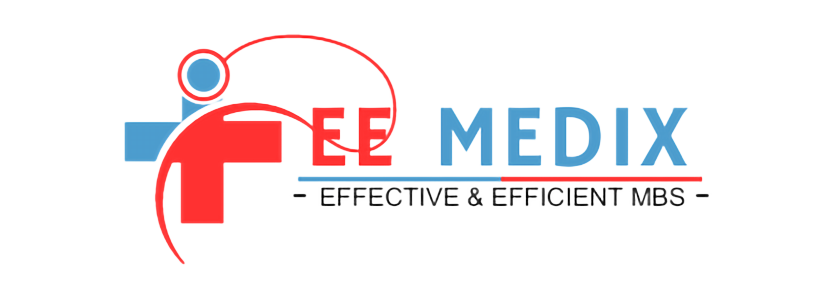One aspect that plays a pivotal role in ensuring the seamless functioning of medical practices is credentialing. This intricate process is a vital link between healthcare providers and insurance companies, and it can be a game-changer when it comes to efficient medical billing. In this comprehensive article, we’ll delve deep into the world of credentialing, exploring its purpose, types, distinctions from payer enrolment, and the significance of a credentialing checklist.
The Purpose of Credentialing
Credentialing, in the realm of medical billing, is the process by which healthcare providers and practitioners obtain and maintain recognition and approval from insurance companies, government bodies, and other healthcare organizations. This recognition is essential to establish trust and credibility in the eyes of patients and ensures that healthcare professionals are qualified and capable of providing the services they claim to offer.
The primary purpose of credentialing can be summarized as follows:
1. Quality Assurance
Credentialing is a quality control mechanism that ensures the competency and qualifications of healthcare professionals. It verifies their educational background, licenses, certifications, and experience to guarantee they meet the required standards of care.
2. Reimbursement
Healthcare providers need to be credentialed to receive reimbursements for the services they provide to patients. Certification establishes a contractual relationship with insurance companies, allowing for the billing and payment processes to be streamlined.
3. Patient Trust
Patients often seek assurance that their healthcare provider is legitimate and qualified. Credentialing helps build trust by providing patients with the confidence that they are in the hands of a competent professional.
The Three Types of Credentialing
Credentialing is not a one-size-fits-all process; it can vary based on the purpose and the entity involved. There are three primary types of Certification:
1. Provider Credentialing: This type of credentialing involves verifying the qualifications and background of healthcare providers, including physicians, nurses, and other medical professionals. It is typically required for healthcare institutions and practices.
2. Facility Credentialing: Facilities such as hospitals, clinics, and laboratories must also undergo Certification to ensure that they meet the necessary quality and safety standards. This is crucial to provide patients with safe and reliable care environments.
3. Health Plan Credentialing: Insurance companies and health plans engage in certification to assess and approve healthcare providers who will be part of their network. This ensures that the providers they include meet the standards of care and competence.
Credentialing vs. Payer Enrolment
It’s important to distinguish between credentialing and payer enrolment, as they serve different purposes within the medical billing process.
Credentialing
- Purpose: Ensures the qualifications and competency of healthcare providers.
- Involves: Verification of education, licenses, certifications, and experience.
- Outcome: Establishes trust and credibility for healthcare professionals.
Payer Enrolment
- Purpose: Establishes a contractual relationship between providers and insurance companies.
- Involves: Completion of paperwork and agreements to join a specific network.
- Outcome: Enables providers to bill and receive reimbursements from the insurance company.
While both processes are crucial in medical billing, they serve distinct roles, with Certification focusing on the provider’s qualifications and payer enrolment facilitating the business relationship with insurance companies.
The Significance of a Credentialing Checklist
A credentialing checklist is an indispensable tool in the healthcare industry, streamlining the often complex and time-consuming process of Certification. It is a detailed list of the documentation and information required for Certification. Having a comprehensive checklist ensures that nothing is missed during the application process, reducing the risk of delays or denials.
Components of a Credentialing Checklist
- Personal Information: Provider’s name, contact details, and identifiers.
- Education: Verification of degrees, diplomas, and certifications.
- Licenses: Valid and current licenses to practice in a specific state.
- Work History: A detailed account of professional experience and employment history.
- References: Letters of recommendation and references from other healthcare professionals.
- Malpractice Insurance: Proof of insurance coverage in case of liability claims.
- Continuing Education: Documentation of ongoing education and training.
- Billing Information: NPI number, tax ID, and other billing specifics.
- Hospital Privileges: If applicable, documentation of privileges granted by hospitals.
- Certifications: Any additional certifications relevant to the provider’s specialty.
In conclusion, Certification is an indispensable process in the realm of medical billing, with a primary purpose of ensuring the competency and qualifications of healthcare professionals. It comes in various forms, such as provider, facility, and health plan credentialing, each tailored to specific needs. Distinct from payer enrolment, Certification focuses on qualifications, while a Certification checklist is a valuable tool to streamline the process. With thorough documentation and adherence to the checklist, healthcare providers can navigate the complex world of Certification and pave the way for efficient medical billing.

